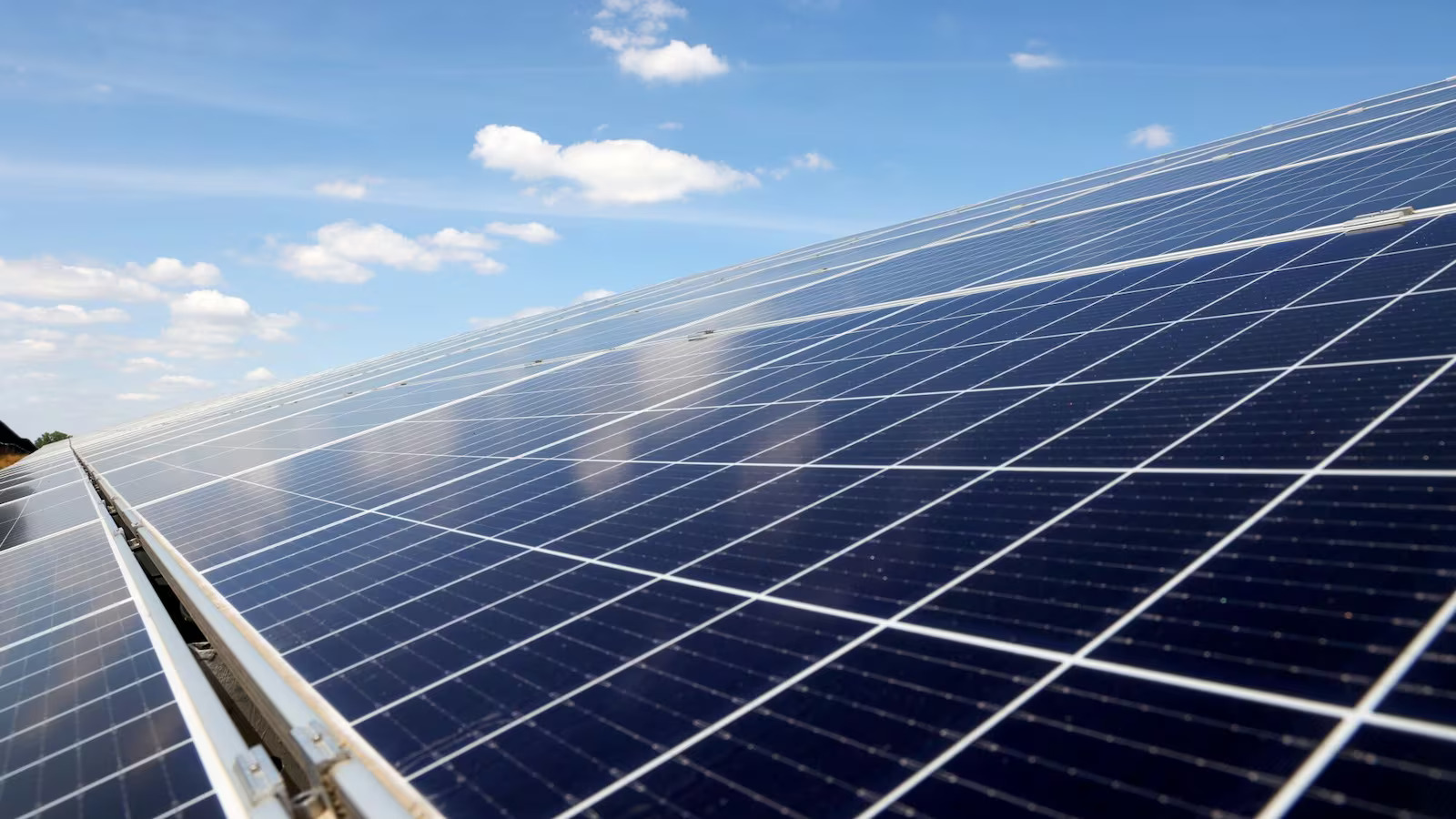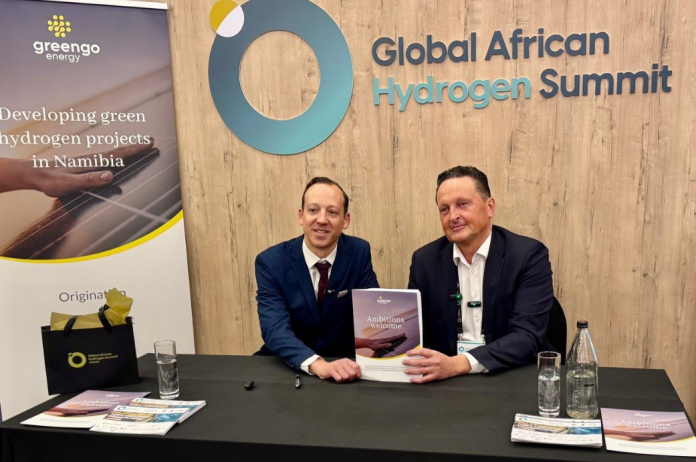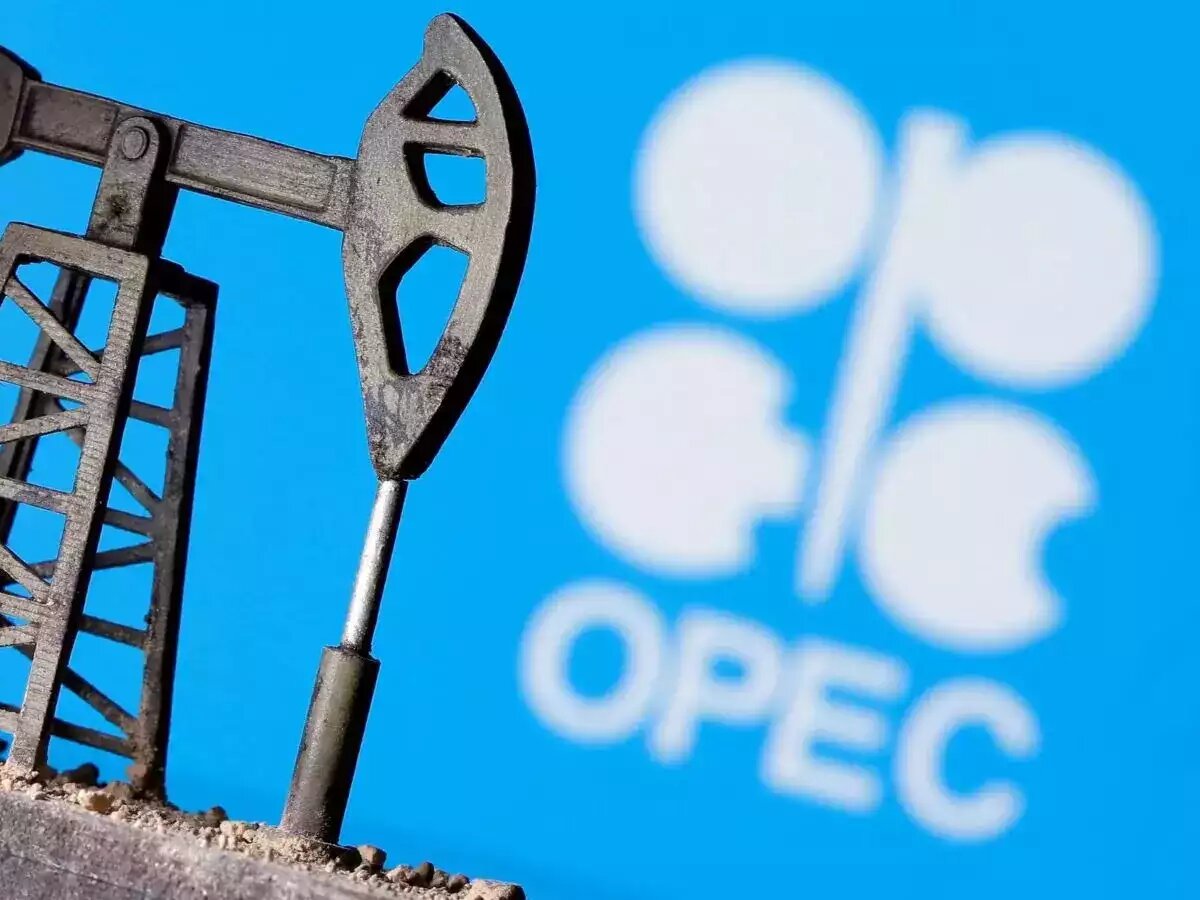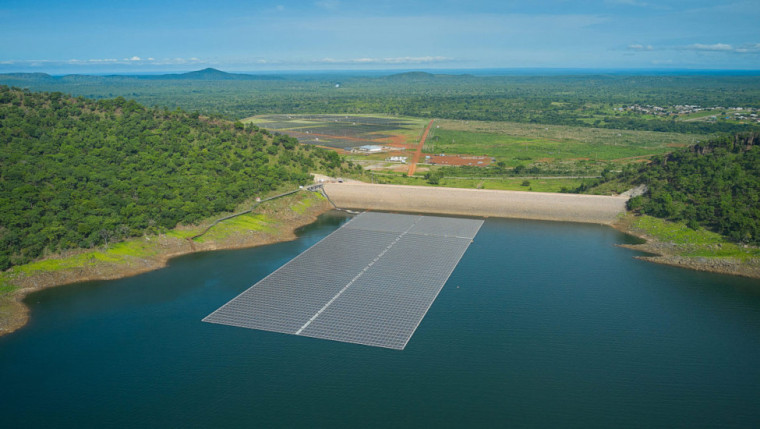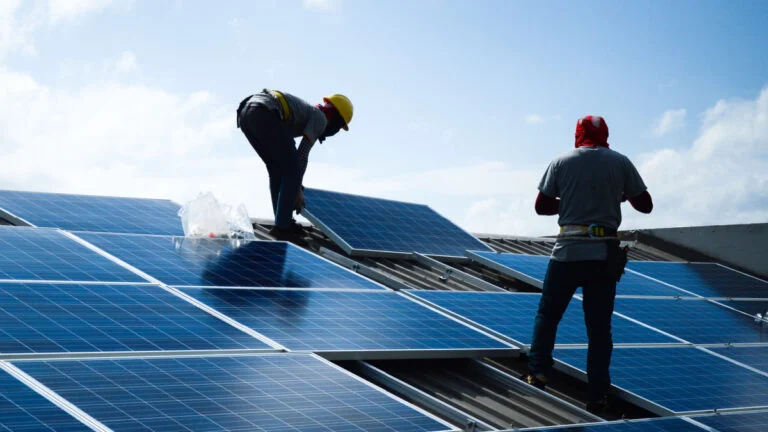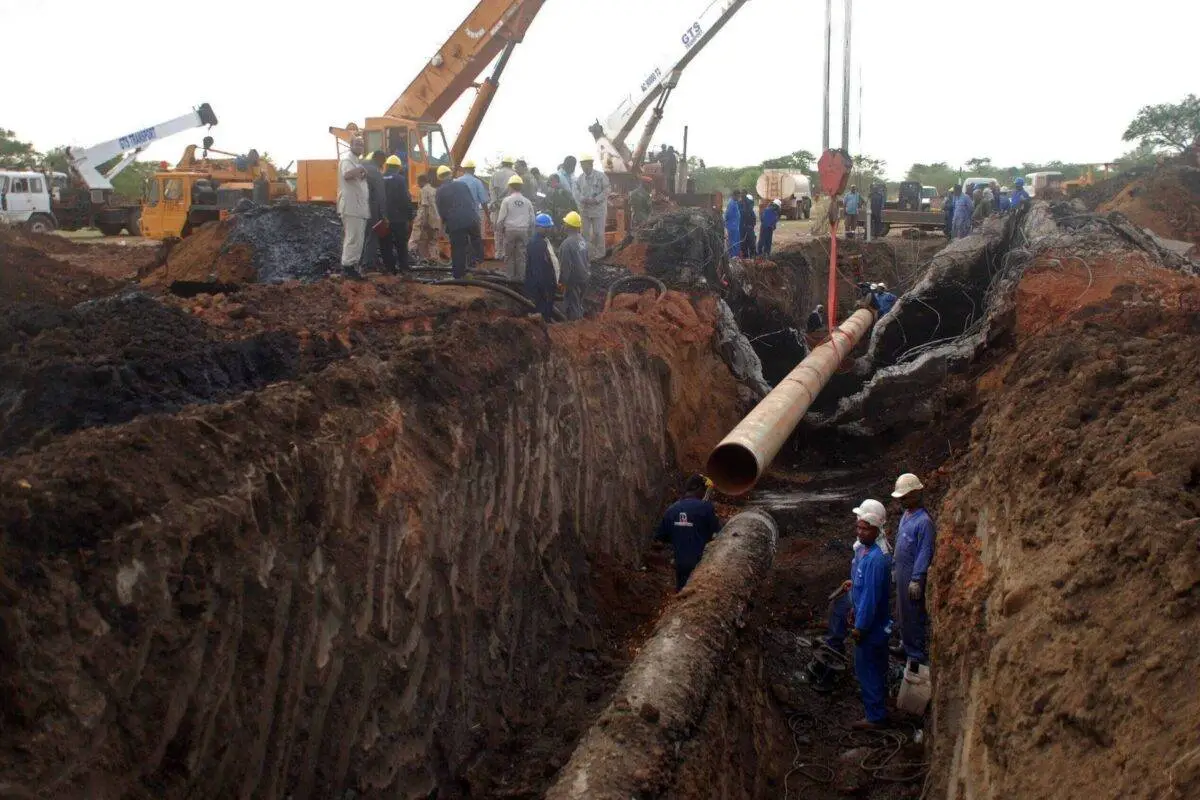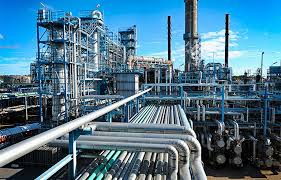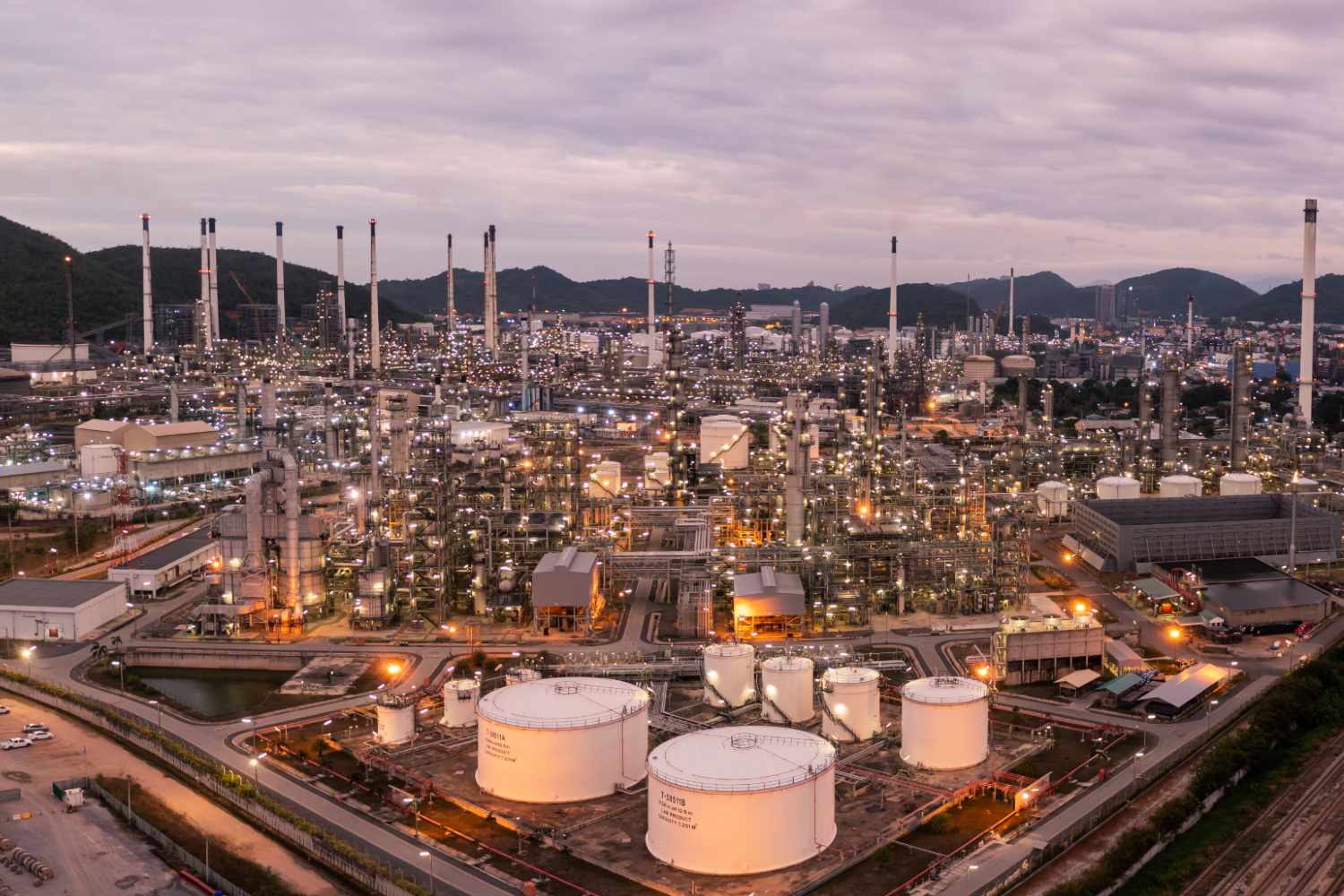Generation

Ethiopia’s Koysha Hydropower Dam Reaches 65% Completion
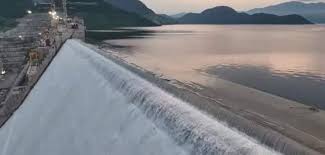
Ethiopia’s bold push toward energy self-sufficiency and regional power exportation continues with major progress on the Koysha Hydropower Dam, now 65% complete as of March 2025. Located in South West Ethiopia on the Omo River, the Koysha project is one of the country’s largest and most ambitious energy undertakings to date, with an expected capacity of 1,800 megawatts (MW).
A Game-Changing Project for Ethiopia
Spearheaded by Ethiopian Electric Power (EEP), the $2.7 billion dam includes a 200-square-kilometre artificial lake. Upon completion, it is expected to significantly boost Ethiopia’s electricity generation capacity, meeting the country’s growing energy demand and supporting regional power exports. More than just a power plant, Koysha promises to deliver wide-reaching socio-economic benefits—such as job creation, improved irrigation, fishing opportunities, and increased tourism potential.
Overcoming Financial Hurdles
Despite its massive potential, the Koysha Dam project has not been without challenges. Initially funded with a €340 million loan from a consortium of three banks, the project encountered significant delays due to financing gaps. In August 2024, Ethiopia secured a non-concessional loan to inject over $950 million, ensuring that the final phase of construction could continue without disruption.
Hydropower at the Heart of Ethiopia’s Energy Strategy
Koysha is part of Ethiopia’s broader strategy to harness its abundant renewable resources, especially hydropower. With a population of over 126 million and one of the richest freshwater networks in Africa, Ethiopia has long viewed energy as a lever for development. The country’s total generation capacity exceeded 6,000 MW by late 2024—driven largely by hydropower—and the government aims to double this to 13,000 MW by 2028.
Ethiopia’s hydropower capacity potential is immense, estimated at 45,000 MW across eight major river basins. However, only a fraction of this potential has been tapped. Projects like Koysha—and its even larger counterpart, the Grand Ethiopian Renaissance Dam (GERD)—are crucial to closing this gap.
Regional Leadership in Renewable Energy
Ethiopia’s progress in hydropower development places it at the forefront of Africa’s renewable energy drive, alongside countries like Zambia, Mozambique, and the Democratic Republic of the Congo. The successful completion of the Koysha Dam will further reinforce the country’s position as a continental leader in clean energy infrastructure and sustainable development.
As the world moves toward greener energy sources, Ethiopia’s continued investment in hydropower infrastructure is not only pivotal to national development but also a key contribution to the regional energy mix and environmental sustainability.
With 35% of construction still remaining, stakeholders are cautiously optimistic about timely completion, thanks to renewed financial commitments and ongoing government oversight. Once operational, the Koysha Dam will not only light homes and power industries but also stand as a testament to Ethiopia’s determination to build a greener, more energy-secure future.




